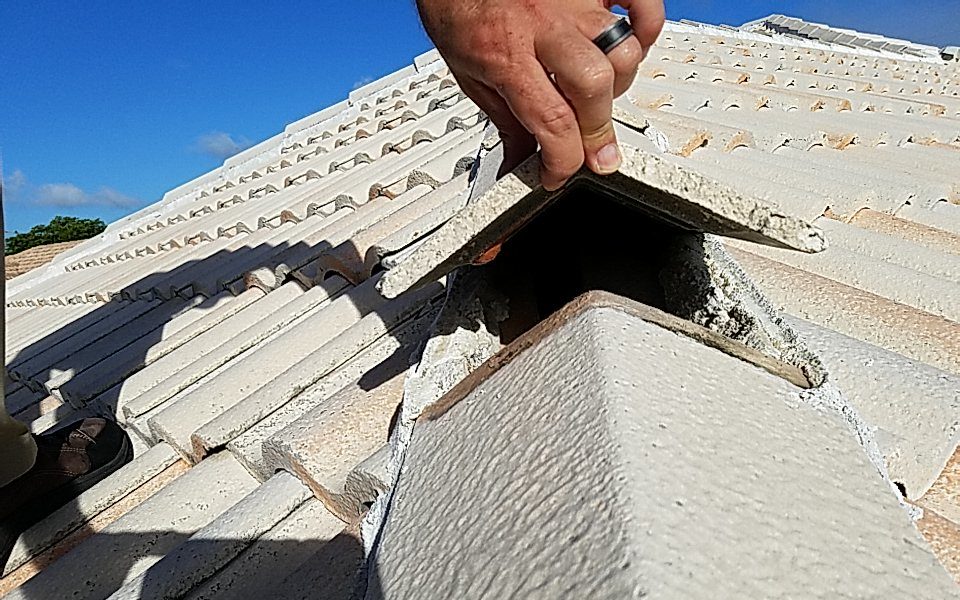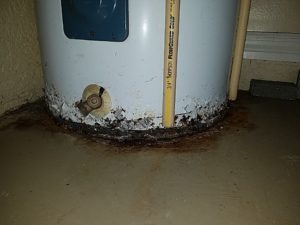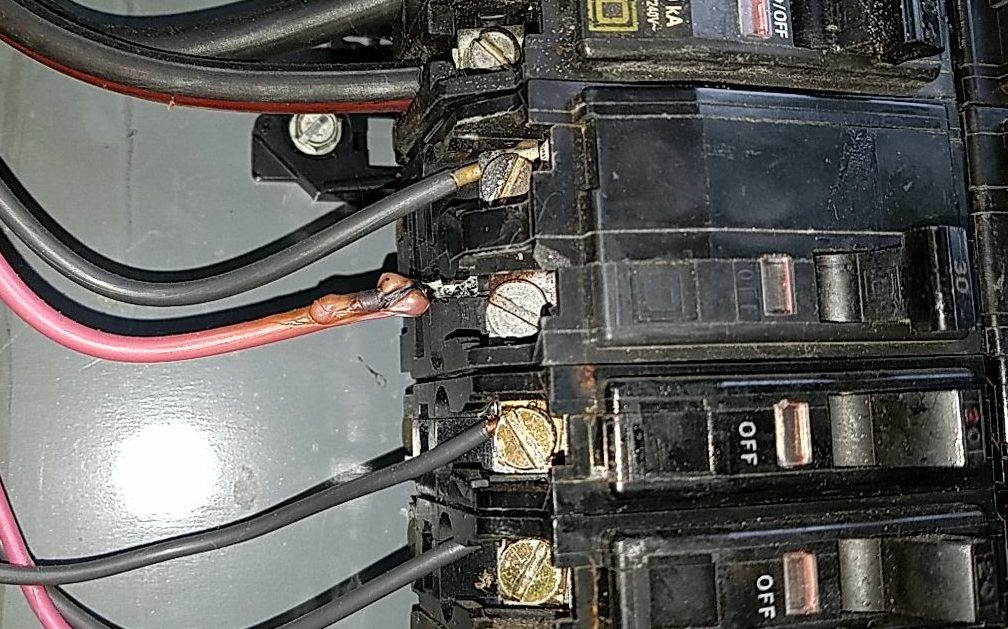Four Point Inspection
The 4-Point Inspection is often a required inspection in order to obtain insurance coverage.
The inspection requirements were designed by insurance companies in order to get a better understanding of the structure they are insuring.
This is especially pertinent when insuring an older home. Older homes have had more time in which to have systems repaired or replaced or for things to potentially fall in to disrepair. Older homes also may have used construction techniques or materials that were normal at the time, but were subsequently phased out in favor of more modern practices. These are all things that are interesting and important for the insurance company to be aware of, since it helps them determine if the home is eligible for coverage under their underwriting policies.
OK, So What are the Four Points?
The reason for the inspection’s name relates to the fact that our inspector is going to look at four of the most important systems in your home that historically are the most likely areas to cause an insurance claim. For each of the four items, the inspection is limited to the visible parts of each system. These systems are:
- The Visible HVAC System (Heating, Ventilation, and Air Conditioning)
- Visible Roof System
- Visible Plumbing System
- Visible Electrical System
Two particular things our inspectors are looking for
First of all our four point inspection wants to know the condition of each system: are they new, used, and are they in relatively good shape? Is there any evidence of repairs that have been made? If so, do the repairs look like they were professionally done? If any damage or deficiencies are noted, it’s possible you will have to correct them in order to obtain or maintain your insurance policy.
The second thing that the four point inspection is going to be looking at is the age of the components. If you are purchasing an older home there is a chance that the age of one feature or another will be beyond the maximum age allowed by a particular carrier’s underwriting rules, even if the condition of the component in question appears to be fine.






